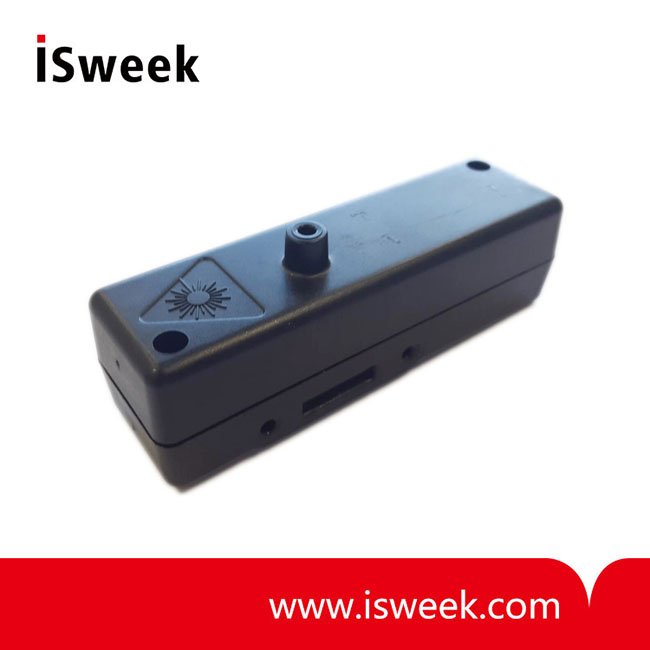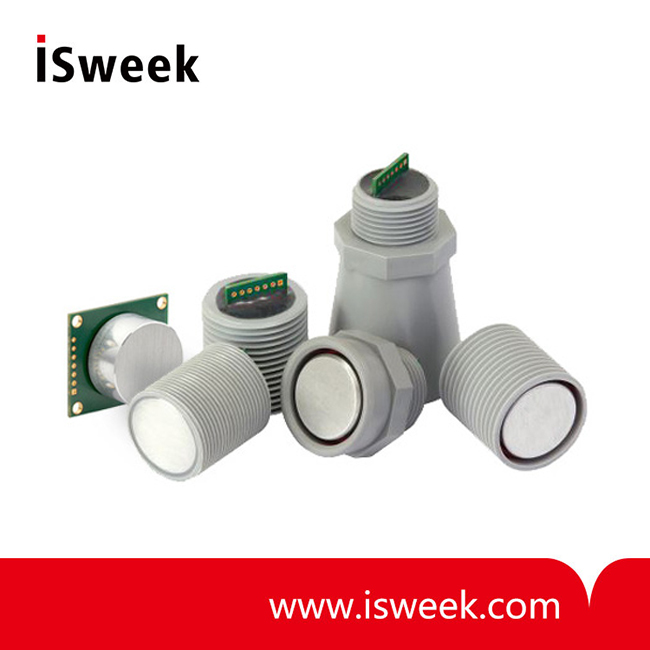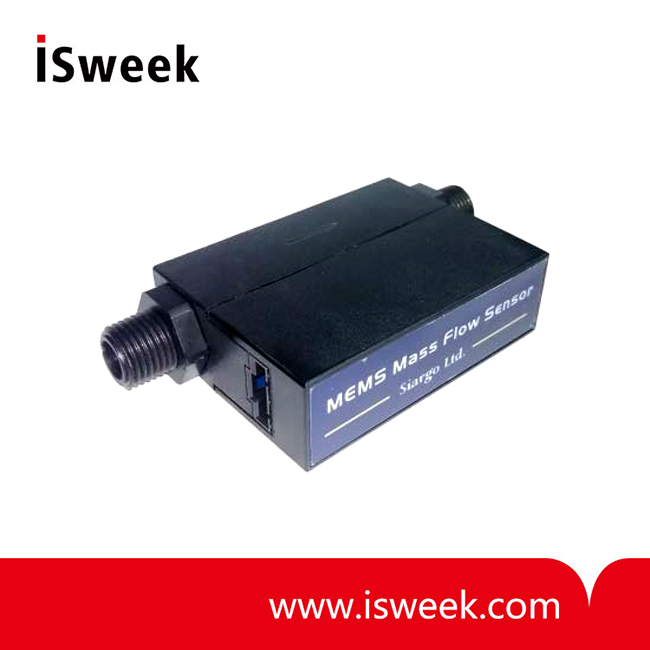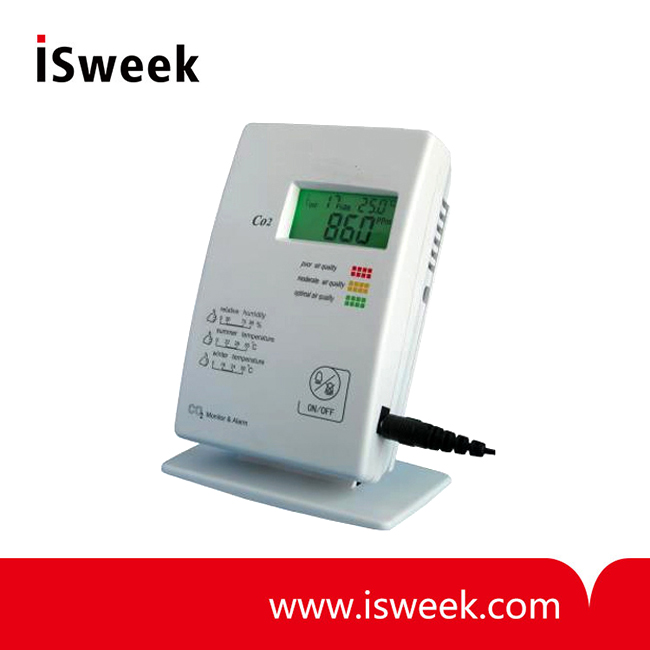Recently, PM2.5 and pollutant emitted in industrial parks are shading the sky with a gray veil. In order to save the freshness of the air, atmospheric environmental protective organizations and scientific industries are taking efforts on gas sensing technology, so as to monitor the status of air pollution in real-time and take actions in advance.
PM2.5 are particle pollutants with an aerodynamic diameter of 2.5 μm or less in form of liquid or solid. Sources of particulate matter can be natural or anthropogenic. PM2.5 are often generated from carbon, nitric oxide, sulfur oxide, ammonia and VOCs. VOCs are believed to be a major drawback of indoor air quality, with its relevant organics bringing chronic and long term harm on human health. Long time exposure to VOCs (like formaldehyde) will cause allergy on throat and eyes, dizziness, headache, weariness, and even raise the risk of nervous system diseases, cancers and accumulation of toxin in liver and kidney.
Generally speaking, pollution source of VOCs can be everywhere, being colorless and scentless so that people will unconsciously breathe them in. VOCs can be hidden in not only household construction materials, cleaning supplies, adhesive, dust mite and flooring, but also in engines of factories and vehicles in forms of comburent and oxide. What’s worse, in offices where people works everyday, there are also poisonous matters like benzene, styrene and phenol in PC and multi-functional printers. Breathing too much VOCs will make harmful effects on human metabolism and function of the liver, and even lead to chronic diseases like diabetes. Also, it is highly possible that the toxic gas entering pulmonary alveoli remain in the lung or even penetrate into the inspiration system, leaving lasting damage on human body.
Environment pollution lies health risk on human body, that’s why gas sensors are created to detect concentration of chemicals in the air. Effective monitoring on various poisonous matters make it possible for people to take precaution actions against pollution.
Now ISWeek supplies professional PM2.5 and VOC sensors which are widely applied for civil and industrial use. These products include:

Features of PM2.5 sensor (for civil use) PDSM010:
* Customized sensitivity for effective control in applications
* Capable of measuring particles of 1㎛
* MCU control (factory calibration)
* easy maintenance
* PWM output (low logic pulse activation)
* noise resistance

Features of PM2.5 sensor (for industrial use) OPC-N2:
- Capable of detecting particles of 38~17um
- Laser detection, built-in fan
- Equipped with SPI and USB interfaces
- High accuracy, coincidence rate can be low as 8%

Features of PM2.5 Particle Sensor(for industrial use) OPC-N3:
- Capable of detecting particles of 38~40um
- Laser detection, built-in fan
- Equipped with SPI and USB interfaces
- High accuracy, coincidence rate can be low as 8%

Features of PM2.5 sensor OPC-R1 (low-priced version of OPC-N2) :
- Capable of detecting particles of 4-12.5um
- Laser detection
- Equipped with SPI interface
- High accuracy, coincidence rate can be low as 8%

Features of FAM-001-01 Air Quality Detection Module (for civil use):
* Circuit module design based on TGS2600
* Low power consumption
* Long service life
* High selectivity to gas of low concentration
* High sensitivity to cigarette or kitchen smell and organic solvent volatile gas
* Six classes of pollution

Features of PID sensor (for industrial use) PID-A1:
- Large measurement range of 0~6000ppm
- The lamp works on 6eV
- Long service life of the lamp as 5000 hours
- Capable of detecting most of VOC gases
- Linear output






